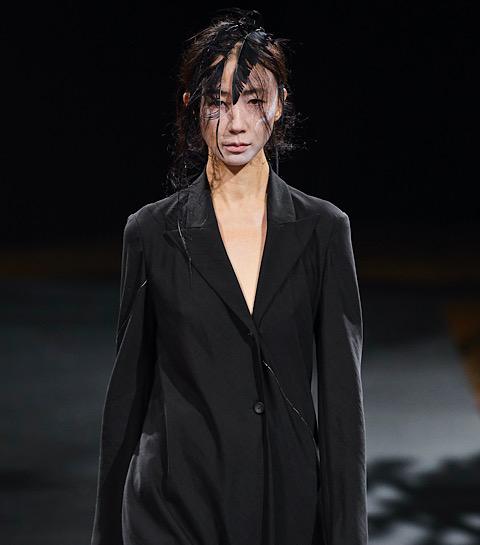Why is fashion so black?<
Do you know why the famous "little black dress" is so popular in women's wardrobes? Why do we wear so many dark clothes today? Michel Pastoureau explains the history hidden behind our clothing habits...
How black imposed itself in the courts of Europe
It all started at the end of the Middle Ages, in the 15th century, when at the court of Burgundy the great prince of the West, the most powerful man in the West, Duke Philippe le Bon began to dress in black every days because he mourns his father, who was murdered by the opposing clan at the court of France.
If the prince dresses in black, the courtiers do the same... And then the other courts imitate the court of Burgundy... Then all the heritage of Burgundy passes to the court of Spain at the beginning of the 16th century: Charles Quint dresses in black almost all his life, his son Philippe II also. And since it was the court of Spain that set fashions at that time, all the courts of Europe dressed in black!
Fashion began to evolve in the second half of the 17th century and in the 18th century there was a great, temporary return to bright and pastel colors.
"Passenger return" only since in the 19th century, black once again became the dominant color in the spectacle of urban life, in particular because of factory smoke which deposited soot on all clothing: it is less visible on clothing blacks so there was a huge fashion for black from the 1850s until the First World War, or even a little beyond.
Black: "honest" color?

The great Protestant reformers in the 16th century moralized colors a lot: for a good Christian, a good citizen, there are honest colors (which must be sought), and dishonest colors (which must be avoided).
The honest colors to look for are:
This has very long-lasting consequences because the Catholic Counter-Reformation takes up some of these ideas.
In the Middle Ages or in Antiquity, it was not uncommon for a man to dress entirely in yellow; from the 16th century it disappeared completely and today it can be experienced every day: no man, except perhaps on the beach or on a ski slope, dresses entirely in yellow.
1860: the birth of the tuxedo
Edward VII, Prince of Wales in England in 1860, loved smoking cigars. His wife found the smell unpleasant; Edouard therefore asked his tailor for a particular outfit to go to his club, with his friends: it's the tuxedo (in English, "to smoke" means "to smoke")
1926: the birth of the little black dress
After the First World War, many women mourned. At the same time, as they had taken the place of men in society during the war, boyish fashion was born in the 1920s...
Coco Chanel sensed the mood of the moment and, in 1926, created her short, light little black dress with simple lines. Many women had already adopted this outfit at the time, but the milliner transformed it into a symbol of elegance and modernity. This caused a scandal at the time: on the one hand because the dress was short for the standards of the time; on the other hand because of its color. Couturier Paul Poiret will say that Gabrielle Chanel invented the “poverty of luxury”.
André Leon Talley indicates that "the little black dress, very sober with its row of pearls, was the uniform of the bourgeois classes". Many couturiers are followers, including Givenchy who dressed Audrey Hepburn for the film Diamonds on the sofa (Breakfast at Tiffany's)
Black: color goes everywhere?
Does black suit everyone? Not sure... Sonia Rykiel at the microphone of France Inter, in 1995:
As for Anna Wintour, editor-in-chief of Vogue US and nicknamed "empress of fashion", it seems that today she is "fed up with black" and no longer publishes in her magazine images of fashion shows with models wearing black... Will she succeed in changing tastes and bringing color back into our wardrobes? We will see...


 Tags:
Tags: Prev
Prev







